1. Height and Weight Had to Be Just Right
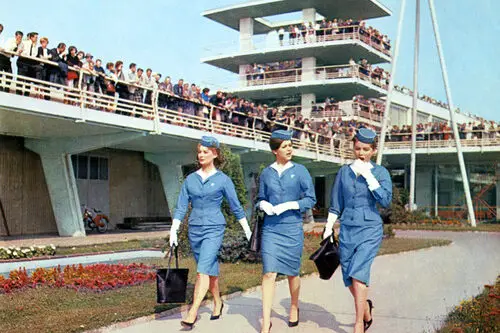
Back in aviation’s so-called glamorous era, airlines had incredibly strict rules about how flight attendants—then called stewardesses—had to look. They couldn’t be too tall, too short, or weigh more than a certain amount. Most airlines required them to be between 5’2” and 5’6” and weigh no more than 135 pounds, regardless of their natural body type. Regular weigh-ins were common, and gaining just a few extra pounds could mean suspension or even termination. Some attendants resorted to crash diets just to keep their jobs, while others wore girdles to maintain the illusion of a smaller waistline. It wasn’t about fitness or health—just a rigid standard of beauty shares the Museum of Flight.
The obsession with size was so extreme that airlines included weight limits in their contracts, making it clear that appearance was just as important as job performance. If an attendant gained weight, she might be given a short window to lose it or face being grounded. Some women were publicly weighed before starting a shift, which added even more pressure. It was a system designed to keep flight attendants looking young and slim, no matter the toll it took. The rules only started to ease in the ‘70s, after lawsuits challenged these unfair practices. Today, weight restrictions have been removed, but the pressure to look a certain way hasn’t completely disappeared.
2. Marriage Was Grounds for Dismissal
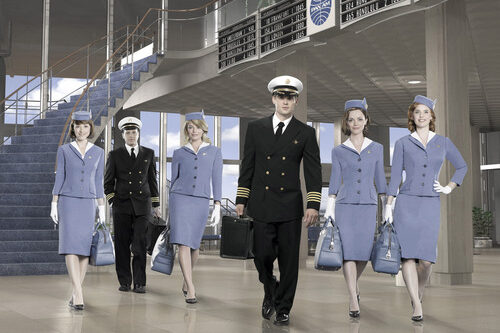
Believe it or not, a flight attendant’s wedding could cost her a job. Airlines had strict policies requiring attendants to remain single, and getting married meant automatic termination. The belief was that a married woman would become too distracted by home life to focus on her work. In some cases, women had to sign contracts agreeing not to marry as long as they worked for the airline. If they wanted to keep flying, they had to hide relationships or delay marriage until they left the job. It wasn’t just about work-life balance—it was about maintaining the fantasy of unattached, glamorous women in the skies says the Travel Academy.
Some flight attendants who secretly married lived in fear of being found out. A simple slip-up—like a passenger recognizing their husband’s last name—could result in immediate firing. Even engagement rumors were enough to put a career in jeopardy. This rule reinforced the idea that being a flight attendant was a temporary role, not a lifelong profession. While men in aviation faced no such restrictions, women were forced to choose between love and their careers. Thankfully, legal changes in the ‘70s put an end to this outdated practice, allowing flight attendants to have both a career and a family.
3. Age Limits Kept Them Young
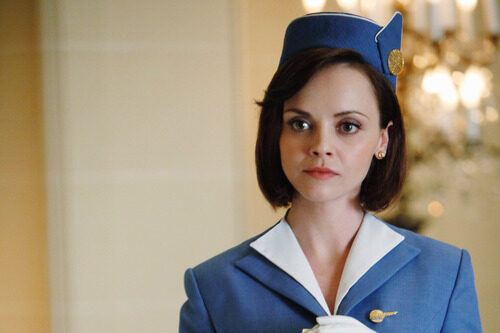
If you thought retirement was something to think about in your 60s, flight attendants in the past didn’t get that luxury. Many airlines forced them to retire in their early 30s, sometimes as young as 32 or 35. The reasoning? Youth and beauty were seen as essential parts of the job, and once a woman reached a certain age, she was considered past her prime. It didn’t matter how much experience or skill she had—if she looked “too old,” she was out. The only way to continue working was to move into a ground position, which often paid less and had fewer benefits adds Conde Nast Traveler.
This policy only applied to women, of course. Male flight attendants, who were much rarer at the time, could work for decades without issue. The blatant sexism eventually led to lawsuits that challenged these rules, forcing airlines to remove age limits. While the glamorous image of flight attendants persisted, at least women were no longer forced out simply for aging. Today, flight attendants of all ages continue to work in the industry, proving that skill and professionalism matter far more than youthful looks. But back in the so-called golden age of flying, looking the part was more important than actually doing the job well.
4. They Had to Wear Heels—Even During Emergencies
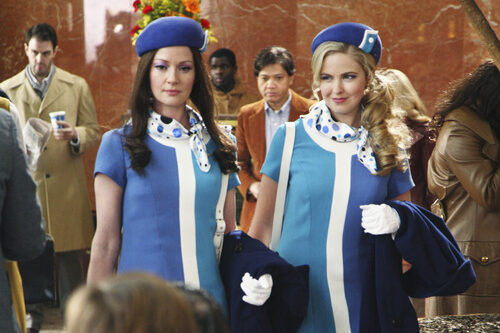
Fashion was a major part of a flight attendant’s uniform, and that included high heels. Women were required to wear them at all times, even during long flights. There were no exceptions for swollen feet, discomfort, or even safety concerns. Running down an airplane aisle in turbulence? Still had to be done in heels. Some airlines even specified the exact heel height attendants had to wear, usually around two to three inches. The idea was that high heels made women look more elegant and sophisticated, regardless of how impractical they were shares PBS.
Even in emergency situations, flight attendants were expected to maintain their polished appearance. Some were trained to remove their heels quickly in case of an evacuation, but others were expected to keep them on at all times. Imagine trying to assist passengers while navigating an emergency landing in stilettos! Over time, airlines started allowing attendants to wear flats during certain parts of the flight, but heels were still required during boarding and deplaning. Eventually, practicality won out, and today, most airlines allow more sensible footwear. But for decades, flight attendants had no choice but to suffer through long shifts in uncomfortable shoes.
5. Makeup Was Mandatory

Flight attendants weren’t just required to be well-groomed—they had to wear makeup that fit strict airline guidelines. It wasn’t enough to look presentable; they had to achieve a very specific “polished” look. Airlines even partnered with cosmetic brands to ensure flight attendants used certain lipstick shades, foundation colors, and hairstyles. Some companies went as far as mandating touch-ups throughout the flight, meaning attendants had to refresh their makeup even after hours of exhausting work. It wasn’t just about looking good—it was about maintaining an air of perfection at all times.
Skipping makeup wasn’t an option, and showing up to work bare-faced could result in disciplinary action. Some airlines even included makeup guidelines in their training manuals, ensuring every woman looked the same. The rules also extended to nails, with specific colors allowed and others banned. While male pilots and attendants had no such requirements, women were expected to put time and effort into their appearance every single day. Thankfully, these strict rules have loosened over the years, and flight attendants now have much more freedom to choose how they present themselves.
6. No Glasses Allowed
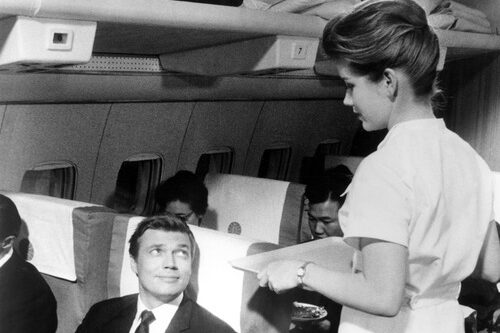
If a flight attendant needed glasses, she was out of luck. Many airlines had policies that outright banned eyewear, claiming it ruined the polished, glamorous look they were going for. Even if a woman had perfect qualifications, she could be denied the job simply because she needed prescription glasses. Those who already had the job but later developed vision problems were sometimes required to switch to contact lenses instead. But for many, contacts weren’t a good solution, especially on long flights that dried out the eyes.
Some flight attendants risked working without proper vision rather than facing repercussions for wearing glasses. Others struggled through shifts with uncomfortable lenses just to keep their jobs. It was a frustrating and unnecessary rule that had nothing to do with safety or job performance. Eventually, airlines realized how impractical this was and dropped the requirement. Today, glasses are widely accepted as part of the uniform, and no one is forced to sacrifice their eyesight for the sake of fashion. But for decades, wearing glasses meant the end of an aviation career.
7. Strict Girdle Requirements
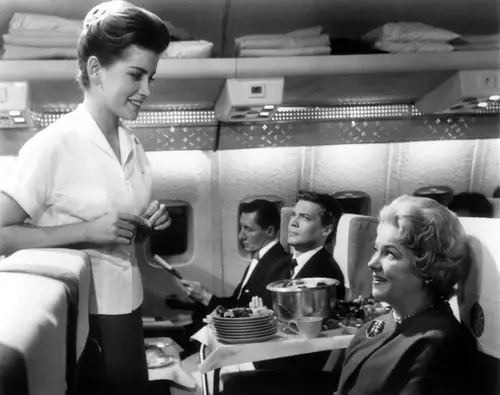
As if weight restrictions weren’t bad enough, some airlines actually required flight attendants to wear girdles. These tight, restrictive undergarments were meant to ensure that attendants maintained a perfectly smooth silhouette under their uniforms. It didn’t matter if they were already thin—girdles were considered part of the expected look. Some airlines even conducted “girdle checks,” where supervisors would inspect to make sure attendants were actually wearing them. If they weren’t, they could be disciplined or even sent home from a flight.
Girdles were uncomfortable at best and painful at worst, especially during long-haul flights. Attendants had to squeeze into them for hours at a time, making movement stiff and unnatural. Imagine trying to demonstrate safety procedures or assist passengers while barely able to breathe! This requirement lasted for years before eventually fading away as dress codes loosened. Today, comfort is prioritized far more than rigid beauty standards, but in the past, maintaining a perfect figure was part of the job—whether it was natural or not.
8. They Had to Quit If They Got Pregnant
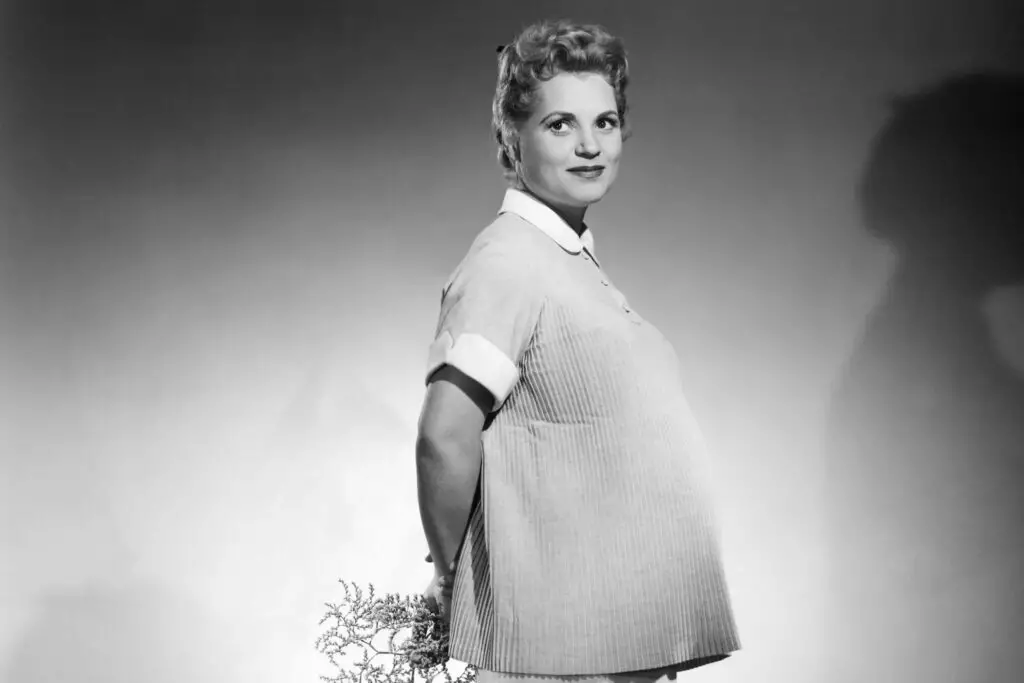
In aviation’s so-called glamorous era, pregnancy was treated as a career-ending event. Airlines had a firm policy that if a flight attendant became pregnant, she had to resign immediately. There was no option to take maternity leave or return after giving birth. The assumption was that pregnant women wouldn’t be able to handle the demands of the job, but really, it was another way to keep up the image of youthful, unattached stewardesses.
Many attendants kept their pregnancies a secret for as long as possible, fearing they’d be forced to quit. Some left their jobs without any financial support because there were no protections for them. Even if they were perfectly capable of continuing to work for months, airlines wouldn’t budge. This discriminatory rule was eventually overturned due to legal challenges, allowing women to continue their careers after having children. But for decades, becoming a mother meant saying goodbye to flying, whether a woman wanted to or not.
9. Hair Had to Be Just the Right Length

Flight attendants couldn’t just style their hair however they liked—airlines had strict rules about hair length and style. Short hair had to be neatly trimmed, while long hair often had to be pinned up in specific styles. Some airlines even dictated how high a bun or ponytail could be, ensuring a uniform look. Hair that was too short or too long could be a reason for termination, and supervisors frequently checked to make sure attendants followed the guidelines.
Even hair color was restricted, with only “natural” shades allowed. If a flight attendant dyed her hair a color deemed inappropriate, she risked being grounded until it was corrected. Maintaining this level of grooming was exhausting, especially for women with naturally curly or textured hair that didn’t fit the rigid standards. Over time, airlines eased up on these strict rules, but in the golden age of flying, a flight attendant’s hair was just as regulated as her uniform.
10. They Had to Serve Drinks in a Very Specific Way
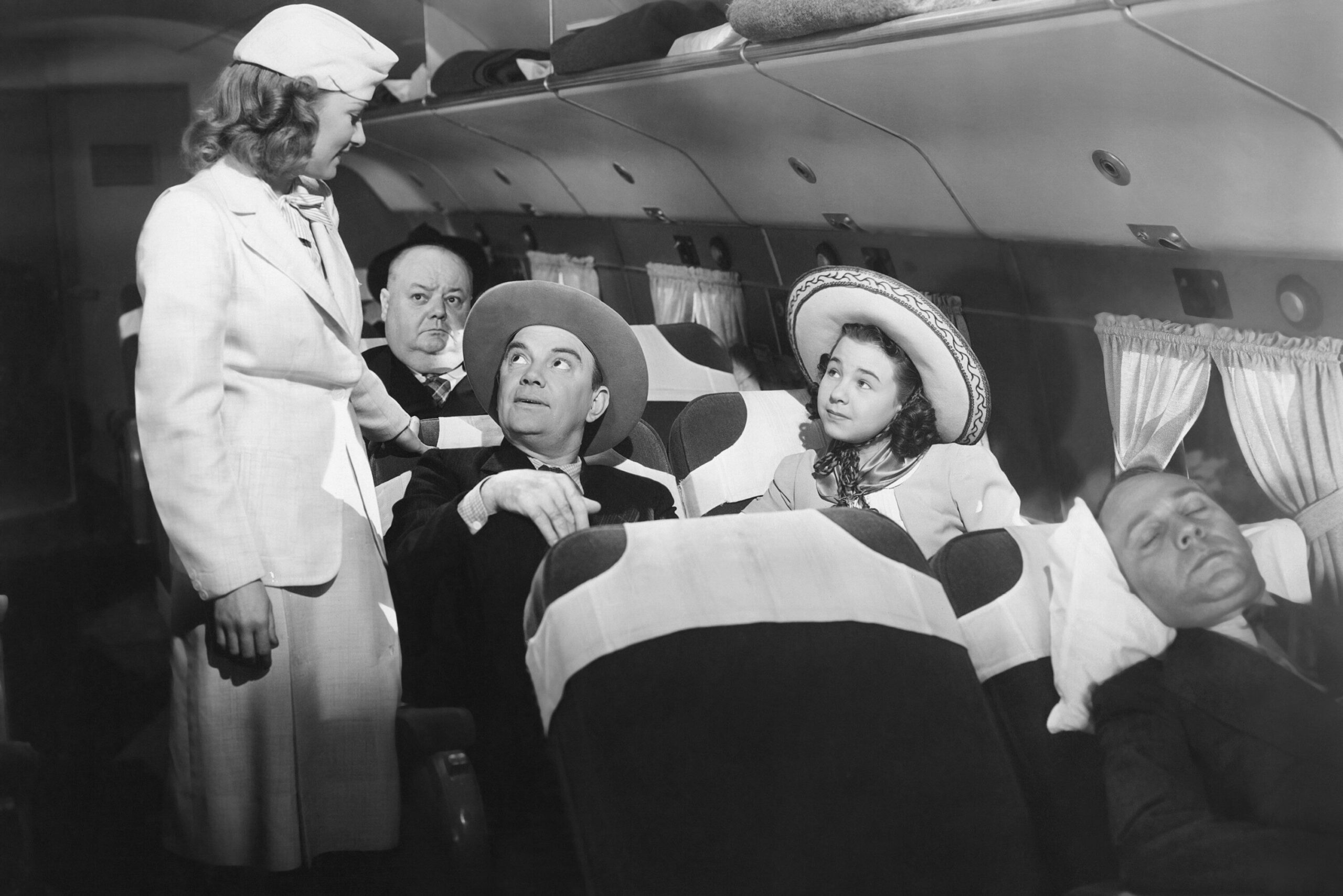
Being a flight attendant wasn’t just about safety—it was also about perfecting an elegant service style. Some airlines required attendants to serve drinks with their left hand while placing a napkin down with their right. Others had rules about how drinks had to be held, ensuring that fingers never touched the rim of the glass. These expectations weren’t about efficiency but about maintaining a refined, almost theatrical experience for passengers.
If an attendant got the process wrong, she could be reprimanded or even pulled from a flight for retraining. There were even detailed lessons on how to pour champagne properly or how to present a cocktail with just the right amount of flair. While today’s service is still professional, the overly rigid etiquette has relaxed. But during aviation’s golden age, something as simple as handing over a drink came with an entire rulebook.
11. Smoking Was Encouraged—Even on Flights
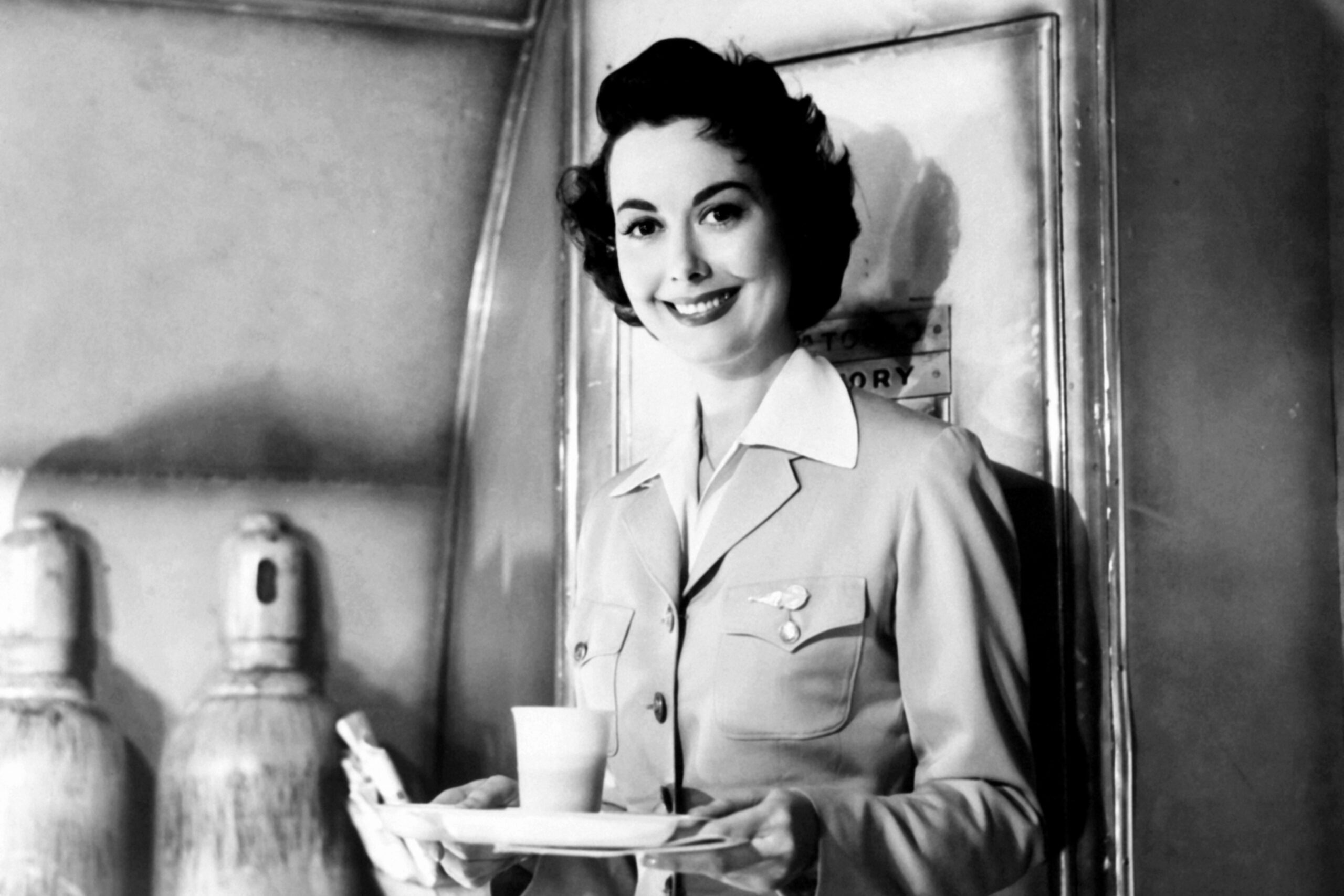
In an era when cigarette advertisements were everywhere, flight attendants were often expected to promote smoking. Some airlines even required them to offer complimentary cigarettes to passengers. Smoking sections were common on planes, meaning attendants had to work in a constant haze of smoke. For those who didn’t smoke themselves, the job could be miserable, with exposure to secondhand smoke for hours on end.
Some airlines even featured flight attendants in cigarette ads, reinforcing the idea that smoking was glamorous. While passengers enjoyed their cigarettes mid-flight, attendants had no choice but to breathe it all in. It wasn’t until the ‘80s and ‘90s that smoking bans started rolling out, finally giving flight attendants a healthier work environment. But for years, lighting up at 30,000 feet was just part of the job—whether they liked it or not.
12. They Had to Know How to Charm Male Passengers
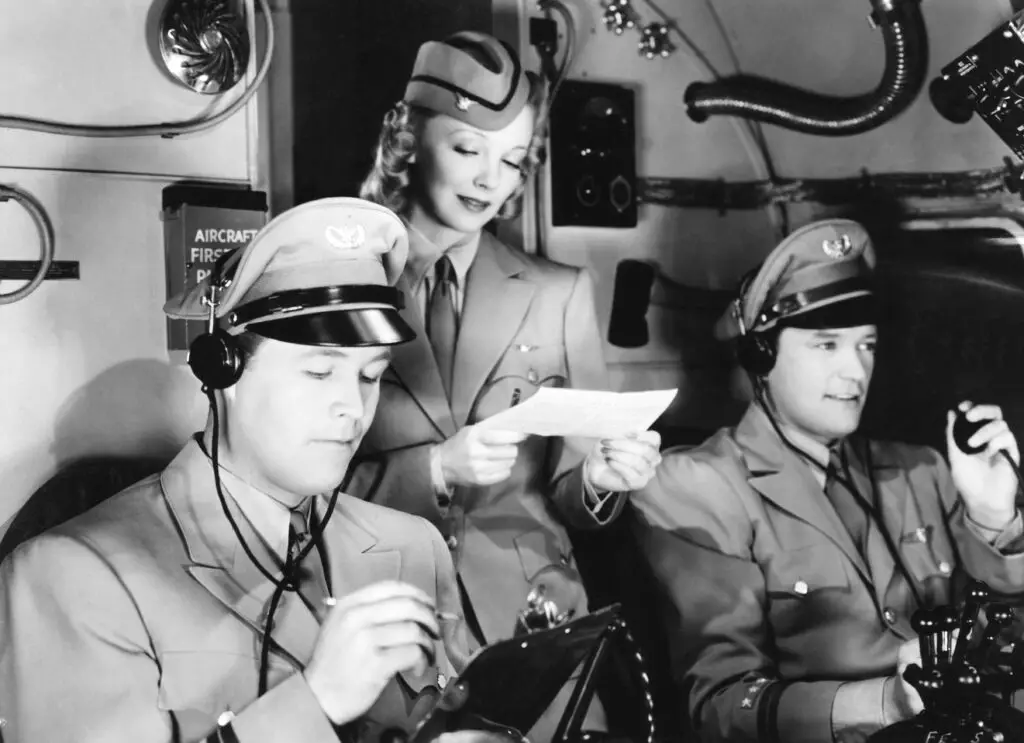
Part of the job description for flight attendants used to include keeping male passengers entertained. Airlines marketed flying as a luxurious experience, and part of that image involved attractive, charming women serving drinks and engaging in friendly conversation. Some companies even trained attendants in flirtation techniques, teaching them how to make small talk without crossing a line. While passengers saw it as harmless fun, it put flight attendants in uncomfortable situations where they were expected to tolerate unwanted attention.
Some airlines even ran ads that implied stewardesses were part of the attraction of flying. They were expected to laugh at jokes, handle advances with grace, and always remain friendly, no matter how inappropriate a passenger got. This expectation added an extra layer of stress to an already demanding job. Over time, as workplace protections improved, this aspect of the job faded, but in the golden age of aviation, a flight attendant’s ability to charm was considered just as important as her ability to serve drinks.
13. They Couldn’t Wear Pants—Only Skirts
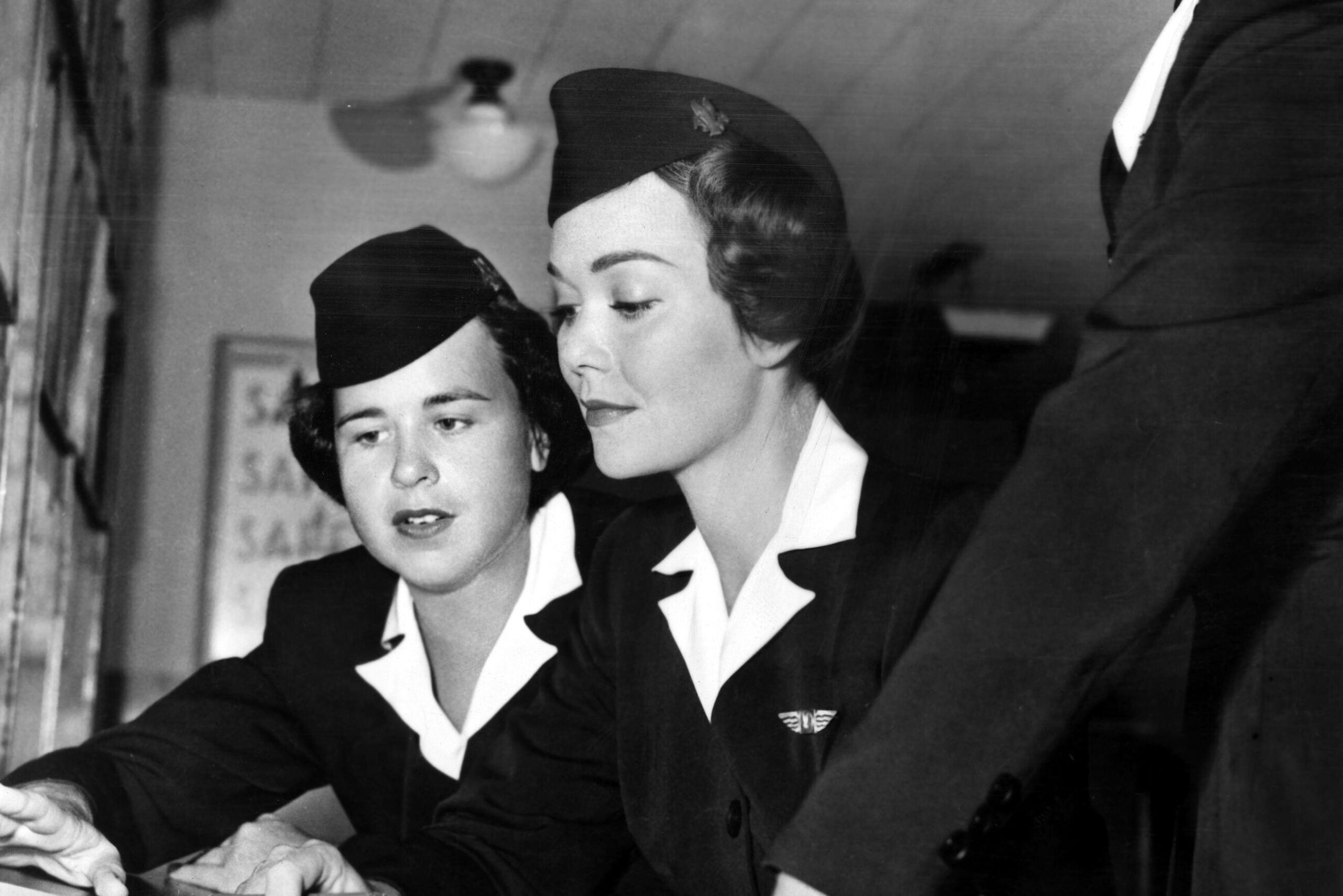
No matter how cold it was or how uncomfortable it got, flight attendants weren’t allowed to wear pants for decades. Skirts were the only acceptable uniform option, often designed to be form-fitting and above the knee. Even in turbulent conditions or during emergencies, women had to perform their duties in restrictive clothing. Some airlines took it even further, making skirts shorter over the years to emphasize the “glamorous” appeal of the job.
Even when pants became more acceptable in everyday fashion, airlines resisted the change. It wasn’t until the ‘70s that some airlines finally allowed pants as part of the uniform, and even then, it was controversial. Many women welcomed the option for comfort and practicality, but others still faced pressure to wear skirts. Today, pants are a standard part of most flight attendant uniforms, but for decades, women had no choice but to work in outfits designed more for appearance than function.
